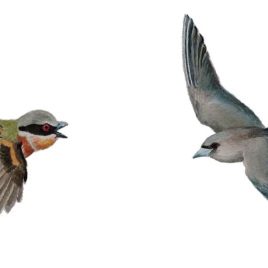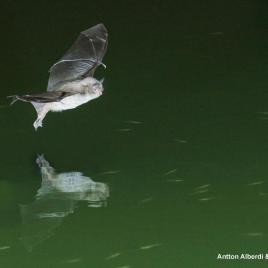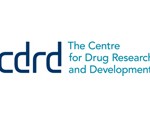The sinoatrial node (SAN) is the heart’s primary pacemaker. The failure of its functions causes multiple cardiac problems, such as a lower heart rate and decreased blood circulation. These issues are typically addressed with a mechanical pacemaker. But a new study describes how a biological pacemaker can be developed out of pluripotent stem cells. Such cells display typical pacemaker action potentials, ion current profiles and chronotropic responses. While the newly developed cells had much faster beating rate than the resting human heart rate, these findings are an important contribution to the study and development of a biological pacemaker.
Authors:
Stephanie I Protze, Jie Liu, Udi Nussinovitch, Lily Ohana, Peter H Backx, Lior Gepstein & Gordon M Keller
Corresponding author:
Gordon M Keller, University Health Network, Toronto, Tel: 416 581 7694, Email: gkeller@uhnresearch.ca
Original paper published in Nature Biotechnology on December 12, 2016.


